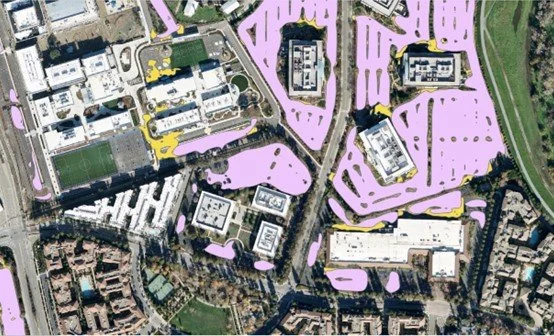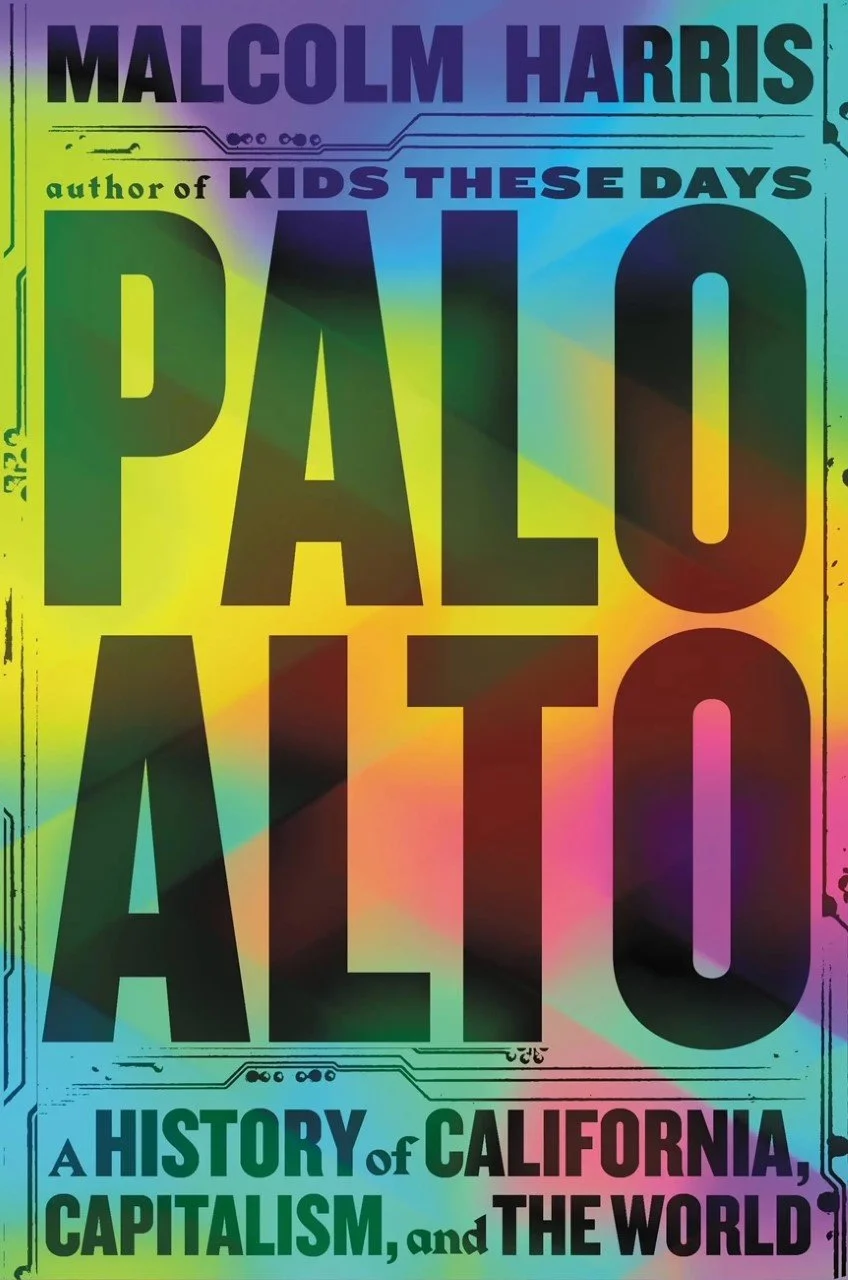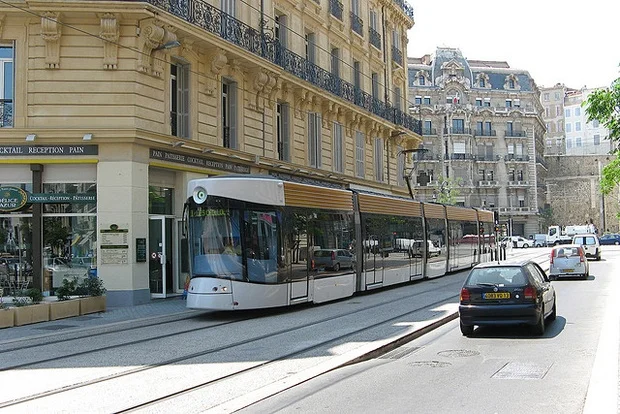Your Custom Text Here

m-lab: a think tank for cities

what is m-lab?
M-LAB is M-Group's Research & Innovation arm.
M-LAB is committed to sharing new approaches and solutions to issues facing California cities, residents and environment.
Local governments are facing an unprecedented period of change as they grapple with shrinking revenues and expanded demand for services.
Local governments must have access to a steady supply of ideas and innovations as they strive to provide for a rapidly increasing population. New technologies must be adapted to the cause of improving the lives of all residents. Research and modelling will allow M-LAB to increase the rate that innovation reaches our communities and change how we plan for the future.
M-LAB is currently in the formative stages and is open to collaboration with anyone or any group that shares a passion for improving our communities and environment for all residents.
We are focused on:
Fostering original real-world research and observation;
Developing new ways to solve problems in our communities;
Reaching out to the next generation.
M-LAB is devoted to becoming a leading source for these ideas as a think tank for cities.
WANT TO CONTRIBUTE TO THE cONVERSATION? SUbmIT AN ARTICLE!

- affordable housing
- Bixi
- community engagement
- economic development
- education
- environmental planning
- high school
- historic preservation
- housing
- infrastructure
- innovation
- lifestyle center
- policy planning
- school
- shopping center
- sustainability
- sustainable development
- technology
- transportation
- urban design
Further reads...
A 2021 law that allows jurisdictions to select parcels for multi-family housing excited housing activists throughout the state. Many cities and towns included programs to use SB 10 in their housing elements in order to provide more housing choice over the course of the 8-year planning period. Fewer of these jurisdictions, however, have had the capacity to give thought to where these “SB 10 parcels” might best result in actual homes getting built, and what effects these new homes might have on equity and opportunity.
The most vulnerable populations to the heat island effect are those that reside within cities. Within cities, there are “intra-urban” heat islands that form due to the uneven distribution of natural landscapes in comparison to heat-absorbing structures and pavements. Studies have shown that the uneven distribution of natural land cover is related to income. As a result, low-income communities tend to have less natural land cover and face greater health risks during excessive heat events. Additionally, these communities face a reduction in air quality and the burden of higher cost air conditioning bills.
Asher Kohn’s book review on Palo Alto - A History of California, Capitalism, and the World dives into how Silicon Valley came to be and what this growth means for the community surrounding it.
When scaled down to the local level, the doughnut economic model can be used as a framework to help cities gain a holistic understanding of their community and is intended for big picture thinking and transformative action (Doughnut Economic Action Lab).
In articles about the effects of Covid-19 on the future of work, it’s worth asking: whose work?
As COVID-19 monopolizes the world's attention, M-Group's Mary Ann Niktas talks about how cities need to incorporate the threat of infectious disease into the future of planning and where it fits in the General Plan.
Emily Foley analyzes the current status of self-driving car technology and how the transition to driverless vehicles will affect our cities.
Emily Foley takes a look at California's Senate Bill 1000 and how, in terms of Environmental Justice, this bill wants to help disadvantaged communities.
Justin Shiu takes a look at the Bay Area's live-work percentages and what they mean for livability.
Understanding the complicated relationship between ocean and inland economies can have a great impact in how counties and cities all over California and the nation plan for the future.
Nearly 20 years ago, the County of Napa started implementing living river principles in their flood management programs. Since then, Napa residents have reaped the benefits of innovative river management.
The City of Amsterdam is a fantastic case study of the equitable effects of historic preservation, and an apt reminder that sometimes the greatest risk yields the greatest reward.
Cities around the country are embracing the food truck movement. But balancing the protection of existing food establishments and incoming food truck vendors can present serious challenges.
Effective street design by itself is hardly enough to create a more efficient transit system, but the same applies vice versa. What would a more efficient model look like?
We have generated a need for wireless services based on our usage, yet can’t seem to come to terms with the repercussions.





























